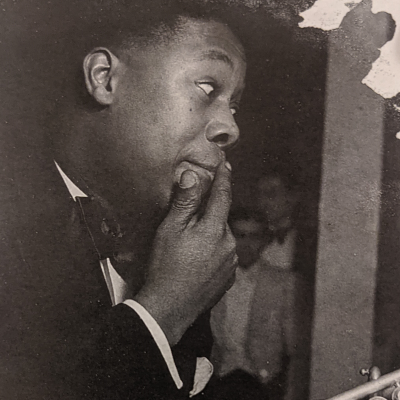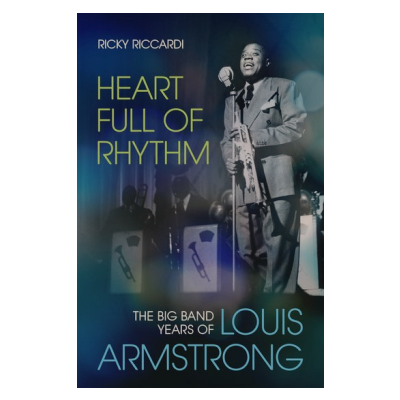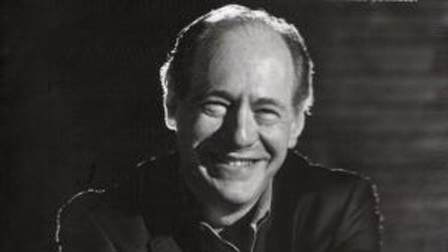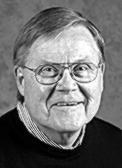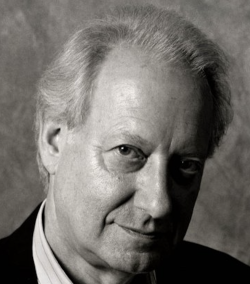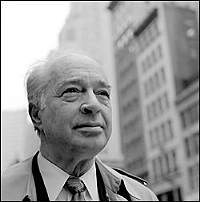Interview with Ricky Riccardi, author of Stomp Off, Let’s Go: The Early Years of Louis Armstrong
The author discusses the third volume of his trilogy, which includes the formation of the Armstrong-led ensembles known as the Hot Five and Hot Seven that modernized music, the way artists play it, and how audiences interact with it and respond to it.
...March 23rd, 2025
















